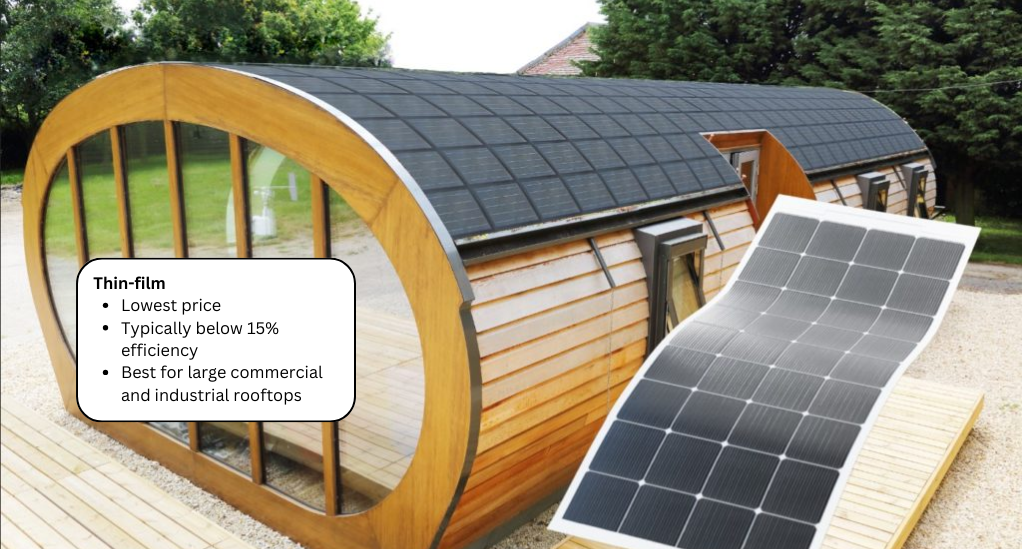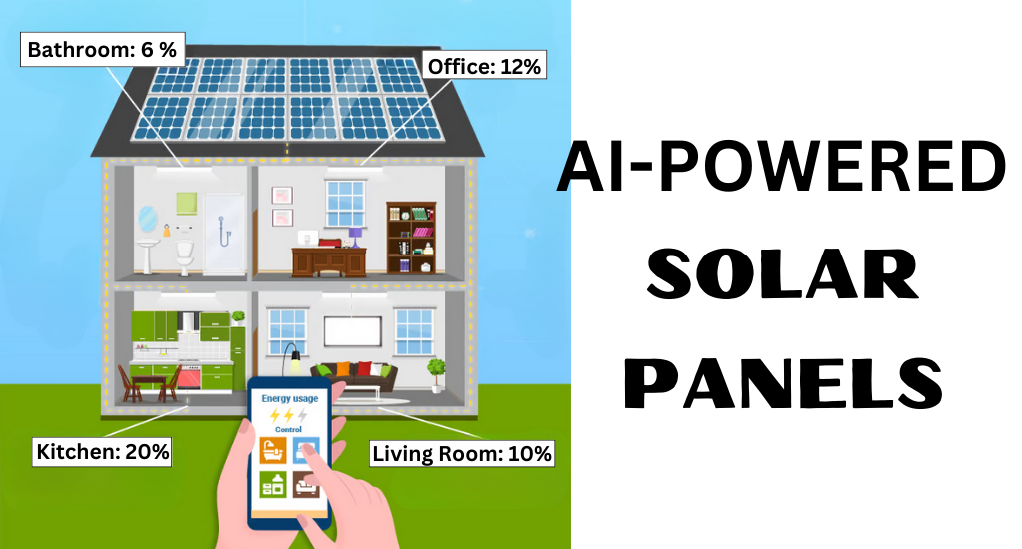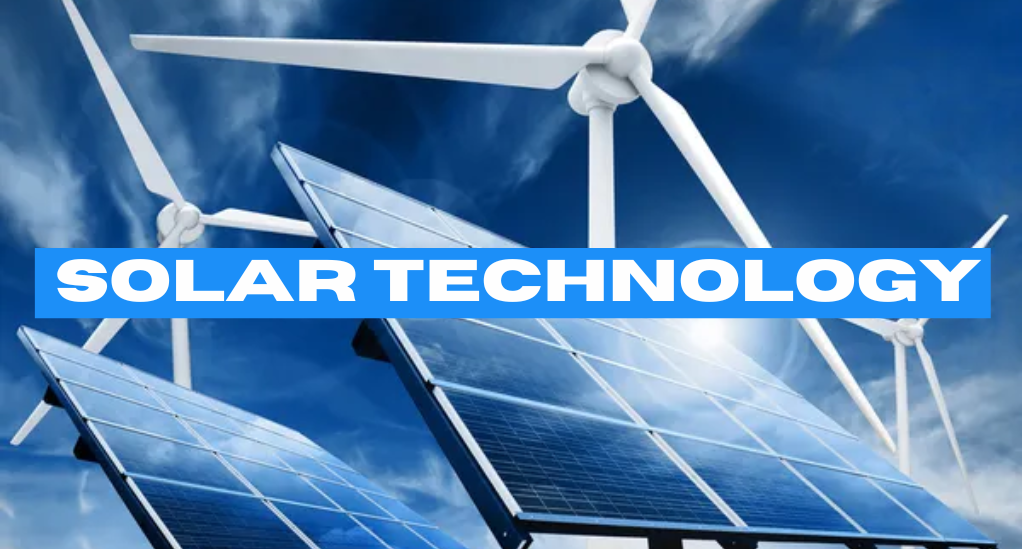Solar energy is undergoing a transformative evolution with cutting-edge innovations. In this article, we explore the latest advancements in solar technology, from high-efficiency solar cells to flexible panels, smart technologies, bifacial solar panels, and affordability initiatives. These developments are revolutionizing how we harness the power of the sun, promising a brighter, cleaner, and more accessible energy future.
High-Efficiency Solar Cells
High-efficiency solar cells are reshaping the solar energy landscape by offering enhanced power generation and space efficiency compared to traditional counterparts. These advanced cells, with an efficiency range of 22-46%, can produce significantly more electricity within the same surface area. They achieve this through innovative materials like perovskite and multi-junction cells, pushing the boundaries of solar energy conversion.
While high-efficiency solar cells hold immense promise, they also face challenges like stability and varying production costs. Addressing these issues is crucial to make these advanced cells more accessible and reliable. In summary, high-efficiency solar cells are paving the way for a cleaner, more efficient, and sustainable future in energy generation.
Flexible and Thin-Film Solar Panels

Flexible and thin-film solar panels represent a significant breakthrough in solar energy technology. Unlike traditional rigid crystalline silicon panels, these innovative photovoltaic modules are constructed with lightweight materials, allowing them to be highly flexible. Common materials used include amorphous silicon (a-Si), cadmium telluride (CdTe), and copper indium gallium selenide (CIGS).
They find applications in building-integrated photovoltaics (BIPV), portable and wearable devices, and off-grid solutions due to their adaptability. Additionally, these panels offer aesthetic advantages, blending seamlessly with architectural designs, and have the potential to outperform traditional panels in low-light conditions. However, their lower efficiency compared to crystalline silicon panels and durability in adverse weather conditions are challenges that continue to be addressed through ongoing research and development efforts. Overall, the versatility, aesthetics, and cost-effectiveness of flexible and thin-film solar panels make them an exciting and promising option for various solar energy applications, driving the shift towards more sustainable energy sources.
Bifacial Solar Panels
Bifacial solar panels represent a significant leap in solar technology. Unlike traditional monofacial panels that absorb sunlight solely from their front side, bifacial panels employ a unique design that captures light from both the front and rear. This innovation is made possible through transparent materials and an open-back design, allowing the panel to harness reflected sunlight. Consequently, bifacial panels offer multiple advantages, including increased energy yield, versatility in mounting options, enhanced performance in diffuse light conditions, and reduced sensitivity to soiling effects. They find applications across diverse settings, such as commercial and industrial installations, agriculture, and urban rooftops.
Smart Solar Technologies
Smart solar technologies, driven by artificial intelligence (AI) and the Internet of Things (IoT), are revolutionizing the solar energy landscape. AI-powered solar panel tracking systems dynamically adjust panel orientation to maximize energy capture by analyzing real-time data, improving energy yield by up to 20%. IoT-enabled solar monitoring systems offer remote access, fault detection, energy optimization, and data analysis, ensuring efficient system management. Predictive maintenance and diagnostics use AI to anticipate maintenance needs, reducing downtime and enhancing system reliability. Grid integration and demand response strategies, aided by AI predictions, enable better grid management and energy storage integration.

By seamlessly integrating AI and IoT, these technologies not only enhance the efficiency and reliability of solar panels but also facilitate the integration of solar energy into the electrical grid. Real-world implementations showcase their potential, making solar energy more accessible and sustainable. As technology continues to evolve, we can anticipate further advancements that will accelerate the transition toward cleaner and more efficient energy solutions.
Cost Reduction and Accessibility
Recent technological advancements have played a pivotal role in overcoming the cost barriers associated with solar panel adoption. Manufacturing innovations, including automation and the use of cost-effective materials, have significantly reduced production expenses. Economies of scale in large-scale manufacturing facilities have further driven down costs. Solar panels have also become more durable and longer-lasting, minimizing maintenance and replacement expenses over time. Installation efficiencies, such as standardized processes and predictive maintenance through IoT, have streamlined deployment and maintenance, reducing labor hours and costs. Government incentives like tax credits and net metering policies have made solar panels financially attractive, while innovations in off-grid and microgrid solutions have extended solar energy’s reach to underserved areas.
Conclusion
The latest technological advancements have not only bolstered solar panel efficiency but have also made them more accessible. By reducing manufacturing costs, improving installation processes, and implementing government incentives, solar energy is becoming an economically viable and sustainable choice for a broader spectrum of consumers, including those in remote and underserved regions. These advancements are paving the way for a greener and more inclusive energy future.

